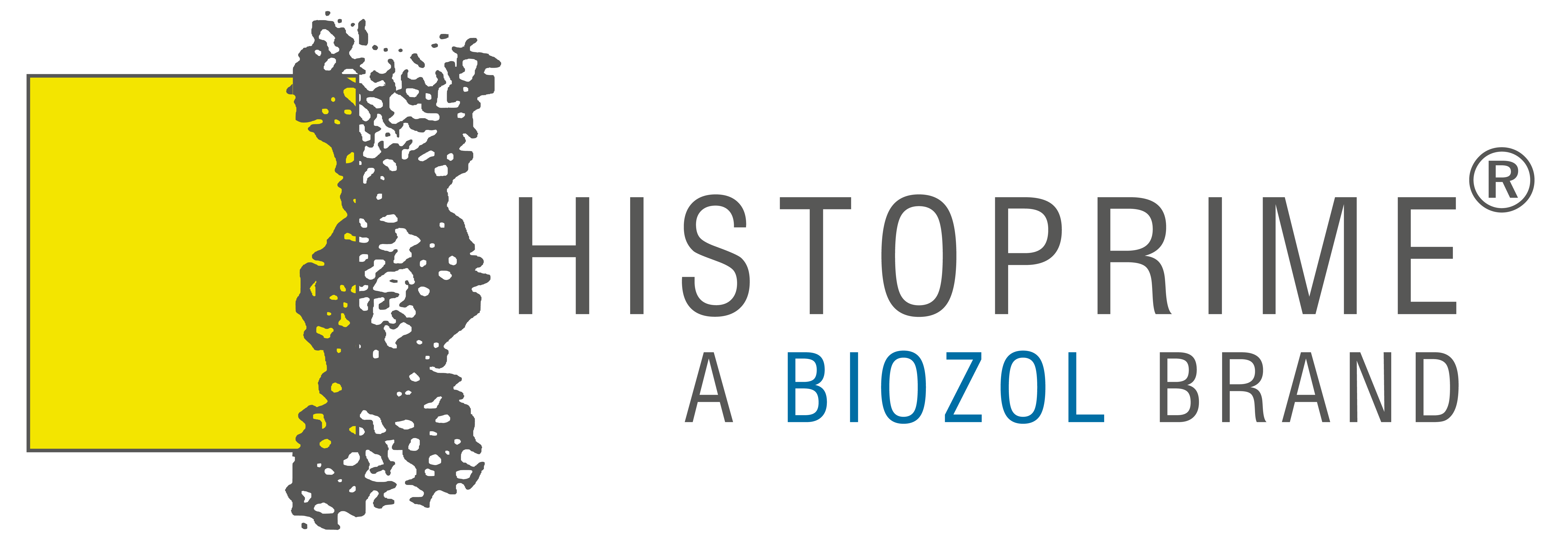Rabbit anti-Human CD3 (T-Lymphocytes), Polyclonal, IgG, Ready-to-use
Ready-to-use Antibody for Immunohistochemistry
Background
The CD3 complex is experimented on the cell membrane of T lymphocytes. The complex consists of several protein subunits (including gamma, delta, epsilon) associated with the T cell receptor (TCR). The CD3- molecules are involved in signal transduction after antigen binding to the TCR.
CD3 is experimented by cortical thymocytes and by peripheral T lymphocytes. No other peripheral cells experiment CD3 (except possibly Purkinje cells in the cerebellum).
| Specificity | CD3 (T-Lymphocytes) |
|---|---|
| Species Reactivity | Human |
| Host / Source | Rabbit |
| Isotype | IgG |
| Application | IHC-F, IHC-P |
| Clone | Polyclonal |
| Antigen | Human CD3 (T-Lymphocytes) |
| Quantity | 5 ml |
| Format | RTU |
| Storage Temperature | 2-8 °C |
| Shipping Temperature | 20 °C |

